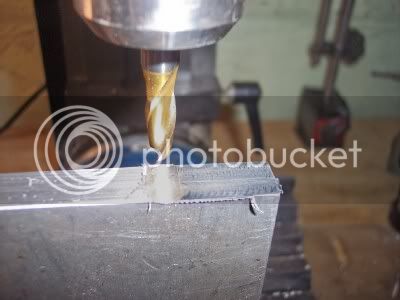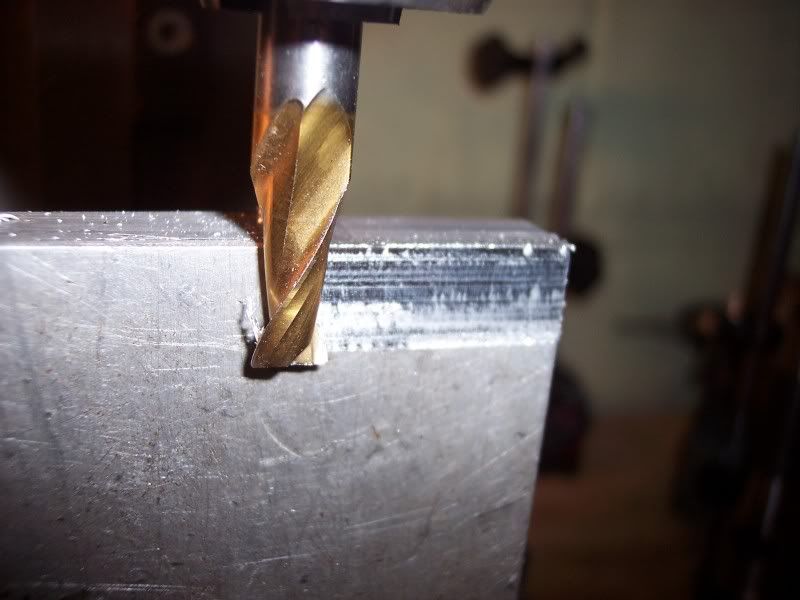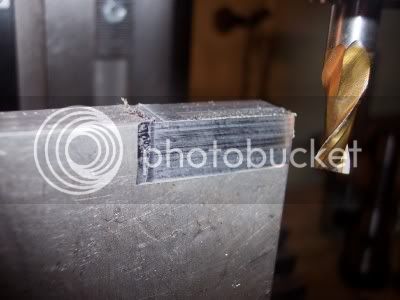The issue with climb cutting is that the cutter is rotating in a direction that makes it drag itself into the part--deeper into the cut. Conventional milling does the opposite.
So, if you have backlash, and you take a cut that is too heavy, the part will can "jump" into the cut by the amount of the backlash. That can be quite exciting, bordering on the painful.
OTOH, climb milling has a whole lot of advantages. It puts lets force on the machine, oddly enough, for one thing. What's a poor machinist to do?
You really have two choices:
You can be like the CNC'ers and operate a machine with little or no backlash. CNC abhors backlash for many reasons, but one having done away with it, you get to climb cut to your heart's content. BTW, people have been installing ball screws on manual mills for ages so they could climb mill, so it isn't just a CNC thing. You have to take some care on a manual machine to pick a lead for the screw that discourages back driving, but that's a whole other topic.
Your second choice is to live dangerously. Keep the climb cuts really light, drag the locks, so on and so forth, hoping that you don't create enough force to overcome friction and have the cutter suddenly dig in by the amount of the backlash. Get to know your mill and you can get some idea, but just bear in mind its going to be a really unhappy thing if you go too far!
Cheers,
BW









